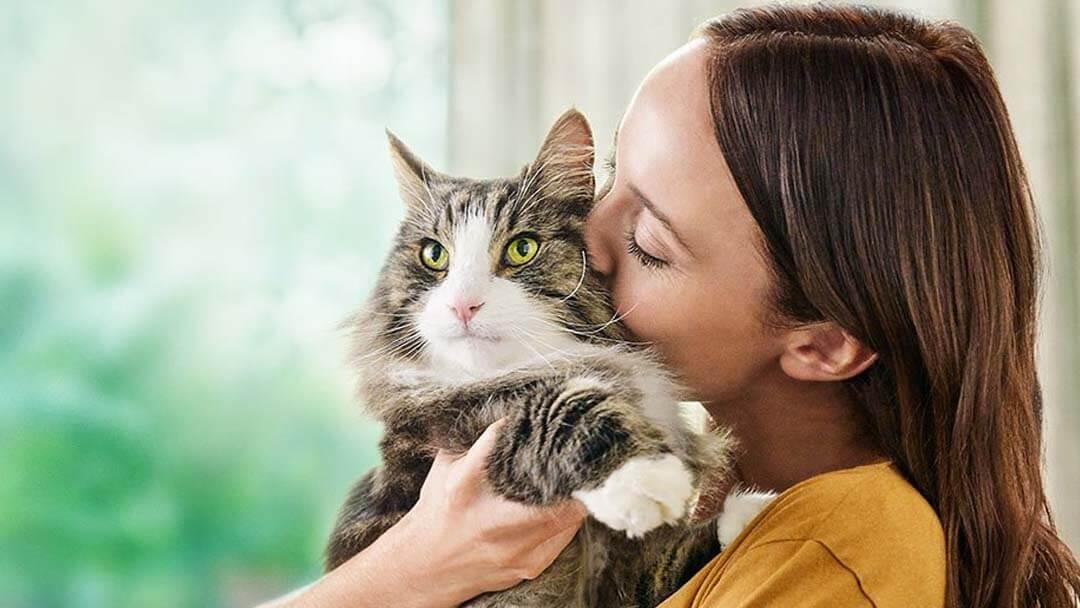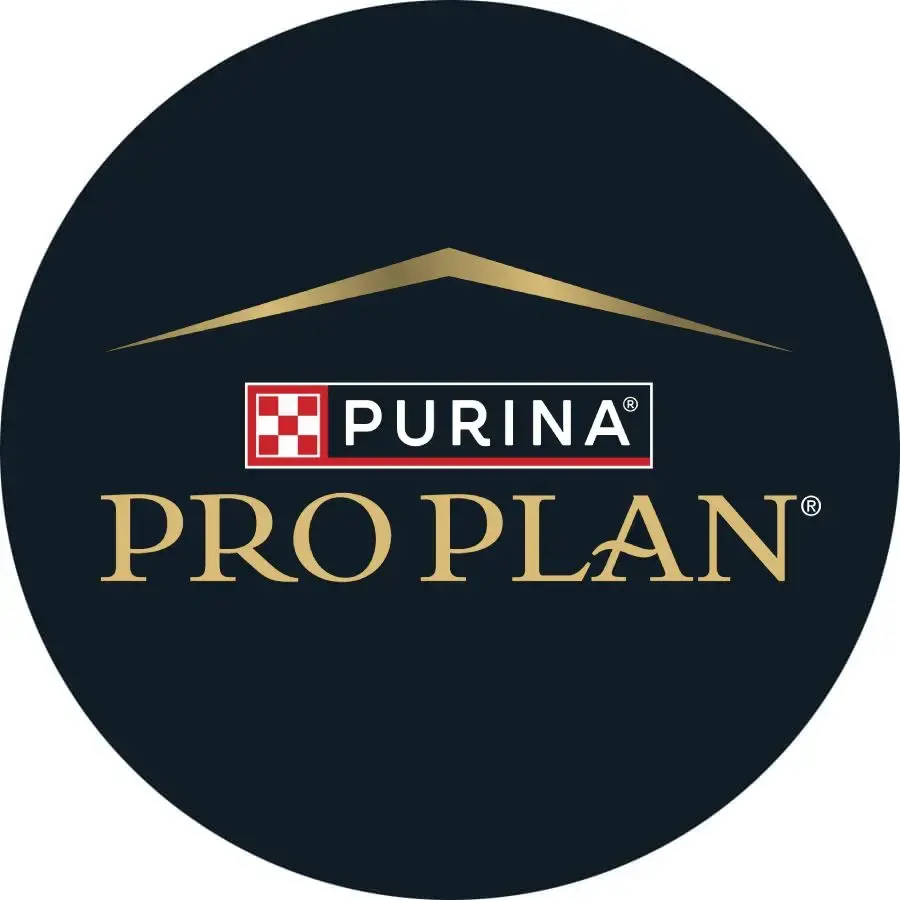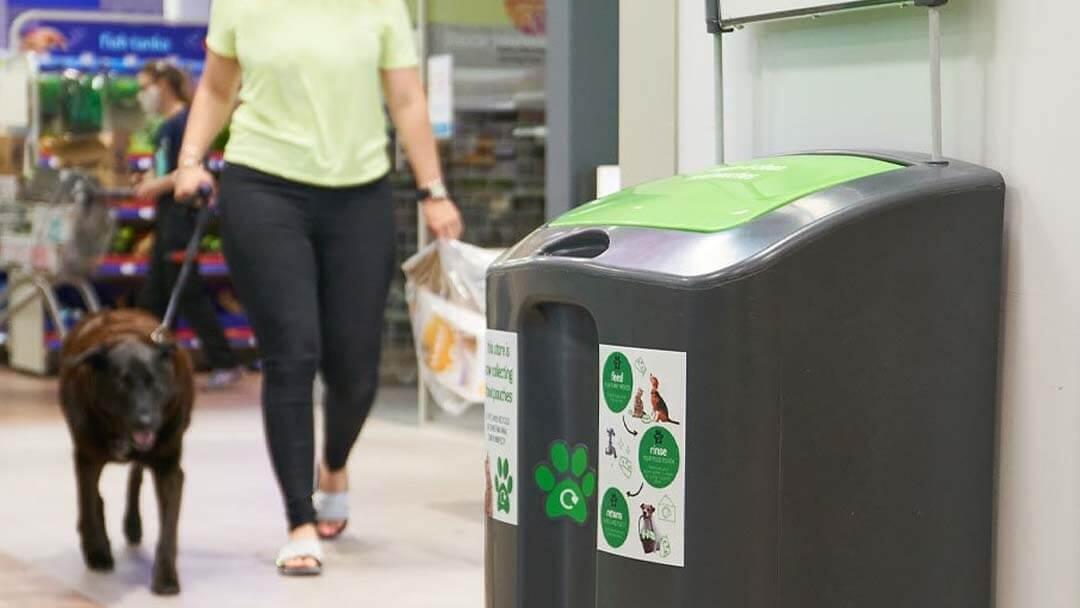Know your mission: Developing breakthrough innovations in a challenging world

In an increasingly harsh economic climate, it is those businesses with a clear aim and an innovative mindset that will be best-equipped to succeed. By establishing a defined goal and thinking creatively about how to achieve it, companies can uncover opportunities to develop truly ground-breaking innovations.
Why businesses today need a clear focus
In the last memorable year, countless people across the globe have had their lives thrown into disarray by a virus that has turned our established routines and expectations upside down. In the months we have spent unable to engage in our normal habits, many of us have found ourselves re-evaluating our outlook and questioning many things we had previously taken for granted.
The same upheaval has shaken the world of business. Not only has the Covid-19 pandemic caused many company leaders to challenge their assumptions about commercial risk, it has also forced them to see their work in a fresh light and re-examine some of the most fundamental questions of all. “Why am I doing this? What is the point? What is our purpose?”
Now more than ever, it is important for business leaders to recognise these central questions and develop clear answers. As the great American statesman and founding father Alexander Hamilton once reputedly said: “Those who stand for nothing fall for anything.” A catchy one-liner, perhaps, but it contains a sizeable grain of truth. For if businesses are sure of their purpose – if they know what they stand for – they can make clear-sighted decisions to reach towards this goal. Of course, this principle is not new, but the challenges of a global pandemic have thrown it into sharp relief.
In the midst of a global crisis, it is the businesses that are set on and guided by their ultimate goal that will be best able to navigate the minefield of unfolding challenges. What’s more, they will also be better equipped to uncover and capitalise on a range of emerging opportunities. Indeed, by re-focusing on their fundamental aims and considering all potential ways of exploring them, companies can discover new directions in unexpected fields. This could involve developing new concepts – not just novel products or technologies, but innovative ideas. One of the best recent examples of this approach is in the sphere of pet food, where scientists were making great strides in innovation well before the spectre of Covid-19 began to infiltrate the way we think about everything.
Scientific innovation in the pet food industry
In the public imagination, some industries are intimately linked with scientific advancement and innovation – space exploration, computer technology, and surgical techniques are a few examples that readily spring to mind. In contrast, the epithet of innovation is rarely used in the context of pet food. Quite understandably, hundreds of years of scientific progress does not tend to be top of mind when portioning out the dog’s breakfast. There is, however, a strong scientific background to this sector.
Scientific advances in the context of diet are of course more well-established in the field of human health. Across the globe, expert nutritionists and dietitians dedicate their lives to the optimisation of health specifically through the medium of food. Their work is supported by a growing body of research that highlights the key role of diet in human functionality.
As well as the obvious impact of nutrition on body weight and physical appearance, there is mounting evidence to show that diet plays an important role in diverse areas such as sleep quality, mental wellbeing, inflammation, hormone levels, and allergies. In light of this, there is growing interest within the arena of healthcare in functional medicine, an approach based on considering the role of dietary and lifestyle factors in health and then modifying these factors to help manage various chronic conditions. A wealth of new advances and innovations have been developed in this area, from novel dietary strategies and supplements, to health-focused apps that can be used to monitor and improve daily routines.
Diet is equally important for pets, and scientific progress in pet nutrition is aiding our understanding of how to optimise various aspects of animal health. A pet body condition scoring system that we developed at PURINA® over two decades ago, for example, now helps us better understand, diagnose and manage obesity in companion animals1. More recently, we have begun to see how diet can be used to help manage issues that are not so intuitively linked directly with nutrition. A fascinating example of this, is that certain dog foods can provide support when owners are faced with their dog’s age -related cognitive decline, considered to be similar to the decline we see in humans2.
Through such scientific advances, researchers, nutritionists, and veterinary surgeons are unleashing the power of nutrition to help pets live healthier and longer lives. Simply by selecting the most appropriate diet for our pets, we are now able to reap the rewards of years of scientific progress.
That, until recently, has been the picture of innovation in the area of nutrition. In a nutshell, we have seen huge advances in using human diet to improve human health, and considerable progress in using pet food to benefit pet health. However, scientists have now begun to think more broadly and explore the unchartered territory between these separate spheres. In particular, at PURINA® we have – over the course of the last decade and more – developed a pet food which helps people reduce their exposure to cat allergens. As well as catering for the cat’s complete nutritional requirements, this new diet can also be a powerful tool to help strengthen and protect the bond between the animal and their owner. This is not only a new innovation, but the first in a new field.
Using nutrition to strengthen the human-animal bond
The power of the human-animal bond has been recognised for many years. Recently, the benefit of this bond has also been demonstrated empirically, with one research study finding that people who owned pets reported greater satisfaction with their lives than those who did not3. Pet companionship has also been associated with a reduction in depression and anxiety, as well as with encouragement of physical activity4. For elderly people, it is increasingly well-accepted that interactions with pets can enhance quality of life, with various studies showing that animal-assisted therapy can improve some of the symptoms of dementia5.
It is not only humans that derive benefit from close companionship with their pets – this bond is mutually beneficial and enhances the well-being of the animals in question too. In the tumultuous times of the last year, when many pets and their owners will have spent more time together than ever before, they will have constantly found each other to be a source of comfort and support. But for anyone living with a sensitivity to cat allergens, who also owns a cat, the extra time at home may also have actually increased the issues around managing their allergens. We also know a lot of people have adopted new pets during the pandemic, and while in most cases this will hopefully offer a wonderful chance for pets to find their forever homes – for some it may have been the start of having to manage a cat allergen sensitivity that they didn’t even know they had.
This was the driving force behind the work of PURINA® scientists when developing a pet food which aims to help humans manage their cat allergen exposure. The concept was developed by Dr Ebenezer Satyaraj, an immunologist and molecular nutritionist, whose daughter is a cat lover but suffers from sensitivities to cat allergens. As such, Dr Satyaraj had first-hand experience of the distress that placing a strain on the pet-human bond can cause. He wanted his daughter to enjoy the benefits of a loving relationship with cats – and so he used his scientific background to work towards that goal.
Dr Satyaraj and his team devoted more than a decade of research to the problem, eventually developing a cat food (Pro Plan® LiveClear®) that successfully reduces the level of active allergens on cat hair and dander6. This breakthrough innovation is based on a particular egg product that contains a specific antibody to Fel d 1, which is the major cat allergen.
Fel d 1 is normally produced in the cat’s saliva, and is transferred onto the cat’s coat during grooming, and consequently spread all around the house when the cat sheds its fur. For cats eating Pro Plan® LiveClear®, however, the active allergen is neutralised in the cat’s saliva as soon as the cat chews the kibble.
This diet has the potential to transform the lives of cat owners around the world, helping them enjoy more time with their pets. Indeed, the impact on owner-cat interactions could be considerable – a research study we conducted at PURINA® found that more than two thirds of owners sensitive to cat allergens currently remove their cat from their surroundings when their symptoms become problematic. Not only that, there are indirect impacts on wellbeing too, with many owners devoting significant chunks of their time to mitigate the problem. Of the cat owners with allergies surveyed, one in four reported cleaning their homes and furniture on a daily basis to help manage the issue.
For many owners in this situation, Pro Plan® LiveClear® can be a real game-changer. Ultimately, this breakthrough came from creative scientific thinking around the company’s purpose – developing a new way to work towards an established goal.
Purpose really matters. At PURINA® the entire global organisation is focused on enriching the lives of pets and those who love them. This simple purpose, combined with a belief that people and pets are better together, has inspired much of the pioneering science we see today.
Successful innovation to transform our future
Within the continually evolving arena of science and technology, true innovation often comes in the form of a product that functions in a way that we would not naturally expect. In today’s uncertain times, it is now more important than ever before to develop these game-changing solutions to drive progress. Indeed, in an environment of heightened risk, it is the most creative, inventive and goal-focused businesses that will survive. In virtual c-suite board rooms across all of Europe, we have a responsibility to challenge each other and re-focus on our fundamental aims in order to make sure we are innovating to achieve the goals we stand for.
Author: Calum Macrae
Calum Macrae is Nestlé Purina PetCare’s Regional Managing Director for the UK, Ireland, the Netherlands and the Nordic countries. He leads a team of over 400 pet care professionals and sits on the NPP EMENA and Nestlé UK operating boards. Calum is a board director of tails.com, a tailored pet food company, and Lily’s Kitchen, a natural pet food business.
References
1Laflamme DP (1997). Development and validation of a body condition score system for dogs. Canine Practice 22:10-15.
2Pan Y, Landsberg G, Mougeot I, Kelly S, Xu H, Bhatnagar S, Gardner CL, Milgram NW (2018). Efficacy of a Therapeutic Diet on Dogs with Signs of Cognitive Dysfunction Syndrome (CDS): A Prospective Double Blinded Placebo Controlled Clinical Study. Frontiers in Nutrition 5:127. doi: 10.3389/fnut.2018.00127
3Bao KJ, Schreer G (2016). Pets and Happiness: Examining the Association between Pet Ownership and Wellbeing. Anthrozoös 29.2:283-296. doi: 10.1080/08927936.2016.1152721.
4Schreiner PJ (2016). Emerging Cardiovascular Risk Research: Impact of Pets on Cardiovascular Risk Prevention. Current Cardiovascular Risk Reports 10.2:1-8. doi: 10.1007/s12170-016-0489-2.
5Cherniack EP, Cherniack AR (2014). The Benefit of Pets and Animal-Assisted Therapy to the Health of Older Individuals. Current Gerontology and Geriatrics Research 2014:623203. doi: 10.1155/2014/623203
6Satyaraj E, Gardner C, Filipi I, Cramer K, Sherrill S (2019). Reduction of active Fel d1 from cats using an antiFel d1 egg IgY antibody. Immunity, inflammation and disease 7(2):68–73. doi: 10.1002/iid3.244









